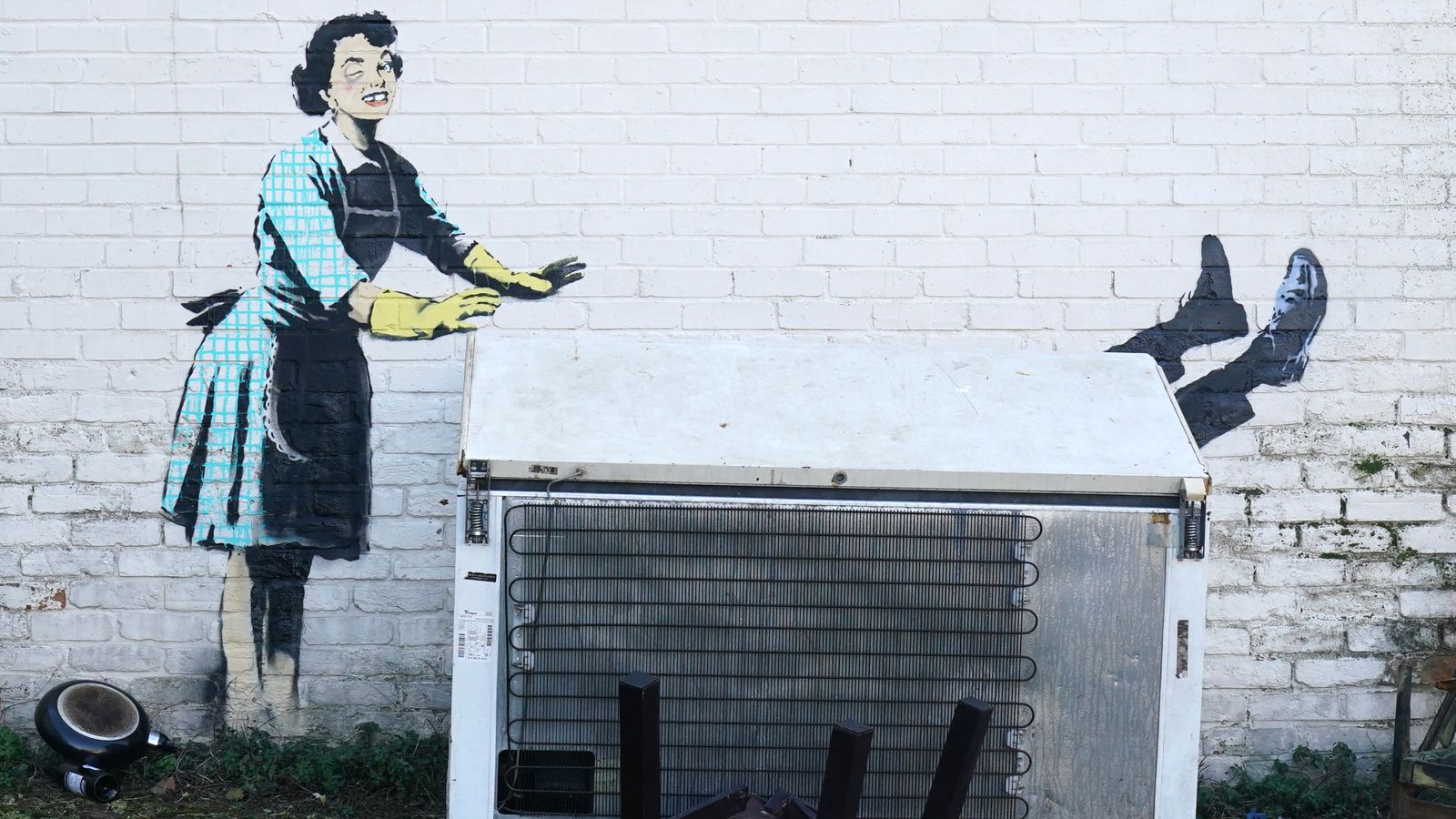Famously molding the Republican Party in his populist image, Donald Trump’s defining reach-the-people moment undoubtedly came with his response to the attempted assassination at a campaign rally in Pennsylvania. He rose to his feet to pump his fist, prompting the crowd to break into a chant of “USA! USA!” The moment was captured in images, including iconic photos by A.P. photographer Evan Vucci that recorded blood streaming down the former president’s face as the stars and stripes flew above.
It was strong stuff that likely cemented the once and, perhaps, future president’s bond with voters often left cold by the old, small-government-ish GOP. The new version of the party is a very different organization, but it was changing long before the bloody day in Pennsylvania.
The Rattler is a weekly newsletter from J.D. Tuccille. If you care about government overreach and tangible threats to everyday liberty, this is for you. Email(Required) NameThis field is for validation purposes and should be left unchanged. Submit
Δ Populist Platform for the Republican Party
The 2024 Republican Platform is dedicated “to the forgotten men and women of America.” Trump has used the term since his 2016 campaign and it’s been adopted by his party as it becomes a vehicle for the candidate. The phrase is borrowed from a 1932 speech by Franklin D. Roosevelt, another wealthy man who morphed his partyDemocrats, thenin a populist direction. He championed a large, activist government building an economy “from the bottom up” in an appeal to the working class.
FDR, in turn, repurposed the phrase from William Graham Sumner, a classical liberal whose “forgotten man” was “the simple, honest laborer, ready to earn his living by productive work” and who is forced by “the reformer, social speculator and philanthropist” to support those who “live at the expense of those who labor and produce.” Unlike FDR, Sumner preferred a limited state that leaves people alone.
Trump’s GOP splits the difference between FDR and Sumner, promising to “protect Social Security and Medicare with no cuts,” but also “large tax cuts for workers, and no tax on tips!” Unlike Sumner, who saw protective tariffs “delivering every man over to be plundered by his neighbor,” Trump advocates “baseline Tariffs on Foreign-made goods” to “protect American workers and farmers from unfair trade.”
“That this ‘forgotten’ American could be used both to uphold and to dismantle liberalism suggests that this American political identity has never been especially fixed: Democrat or Republican, liberal or conservative, but populist above all,” Yale history professor Beverly Gage wrote in 2016.
In a document that mentions “workers” 15 times in 16 pages, the 2024 GOP Platform promises to “restore Prosperity, ensure Economic Security, and build a brighter future for American Workers and their families” with favorable trade rules, taxes, and immigration restrictions. The last Republican platform in 2016 also invoked “workers.” But that document focused more on Sumnerian critiques of licensing, compelled union membership, and binding regulations that stand in the way of a free economy in which workers benefit. The Trump-era version explicitly puts workers at the forefront as beneficiaries of policies that are sometimes liberating and other times intrusive. Changing Parties and Shifting Voters
This transformation has been noticed by voters who shift allegiances accordingly. Previously GOP-aligned businesspeople become Democrats, while blue-collar employees defy union leaders to vote Republican.
“Over time, we did see white working-class voters continue to move away from the Democrats. In some ways, Obama’s 2008 election was a high point. Ever since then, they’ve been bleeding white working-class voters. That’s really why Trump got elected,” political scientist Ruy Teixeira, who once predicted The Emerging Democratic Majority, told NPR in 2022. “But I think what’s underscored the potential overall class problem for the Democrats is the movement of nonwhite working-class voters away from the Democrats in recent period of time, particularly Hispanic working-class voters.”
That shift marks a significant transformation of both major political parties.
“The ongoing development of the Democratic Party as a party not of labor but of socioeconomic elites, and the ongoing development of the Republican Party as a party not of business but of working class social conservatives represents a major, perhaps the major, American political development of the twenty-first century,” according to a 2023 paper by Tufts University’s Eitan Hersh and Sarang Shah of the University of California at Berkeley.
Championing populism won Donald Trump control of the Republican Party and seems to have kept him more than competitive in his 2024 effort to regain the White Housewith a strong assist from Democrats’ unsuccessful efforts to conceal Joe Biden’s declining mental and physical health from the public. But finding that populism has been a winning strategy for winning political office isn’t the same as saying it’s a recipe for liberty and prosperity. Bad policy can be popular and still bad, often because it’s less about analyzing problems and proposing solutions than about exploiting desires and animosities. Populism Is a Muddle, Not a Program
“Populism is a political ideology that positions ‘the people’ as a morally just, good group in society, in contrast with other people who are elitist and out of touch with society,” Georgetown University’s Gbor Scheiring clarified last month. It’s a grab bag of fears and resentments rather than a program.
“Populism isn’t a Right-wing or Left-wing ideology. Populism isn’t an ideology at all…It’s about feelings, not ideas,” P.J. O’Rourke wrote for the Cato Institute in 2021. “Populism isn’t conservative or liberal, Republican or Democratic. But it is both MAGA and BLM, both QAnon and Antifa AOC in a Boogaloo Boys Hawaiian shirt.”
He pointed to the Greenback Party, which favored inflation in the late 19th century, and the explicit racism and economic interventionism of later populists as crowd-pleasing idiocy that won support.
“Populism is a muddle a political, economic, and moral dog’s breakfast,” O’Rourke, who called out modern populism in both major parties, added.
Promising to give goodies to favored factions and to crush perceived enemies has proven a popularand populiststrategy, but that doesn’t make it well-considered, consistent, or fundamentally good. The current GOP platform exemplifies that, with vows to maintain expensive entitlements and cut taxes both. One or the other might be doable, but not bothbut, boy, are they winners with voters.
Donald Trump has remade his political party and won new voters with a populist message. His tough and defiant response to an assassin’s bullet most likely reaffirmed his appeal to many Americans. But the test will come after the election that he seems poised to win. Then we can see if he can turn crowd-pleasing nostrums into a program that will do more good than harm.




